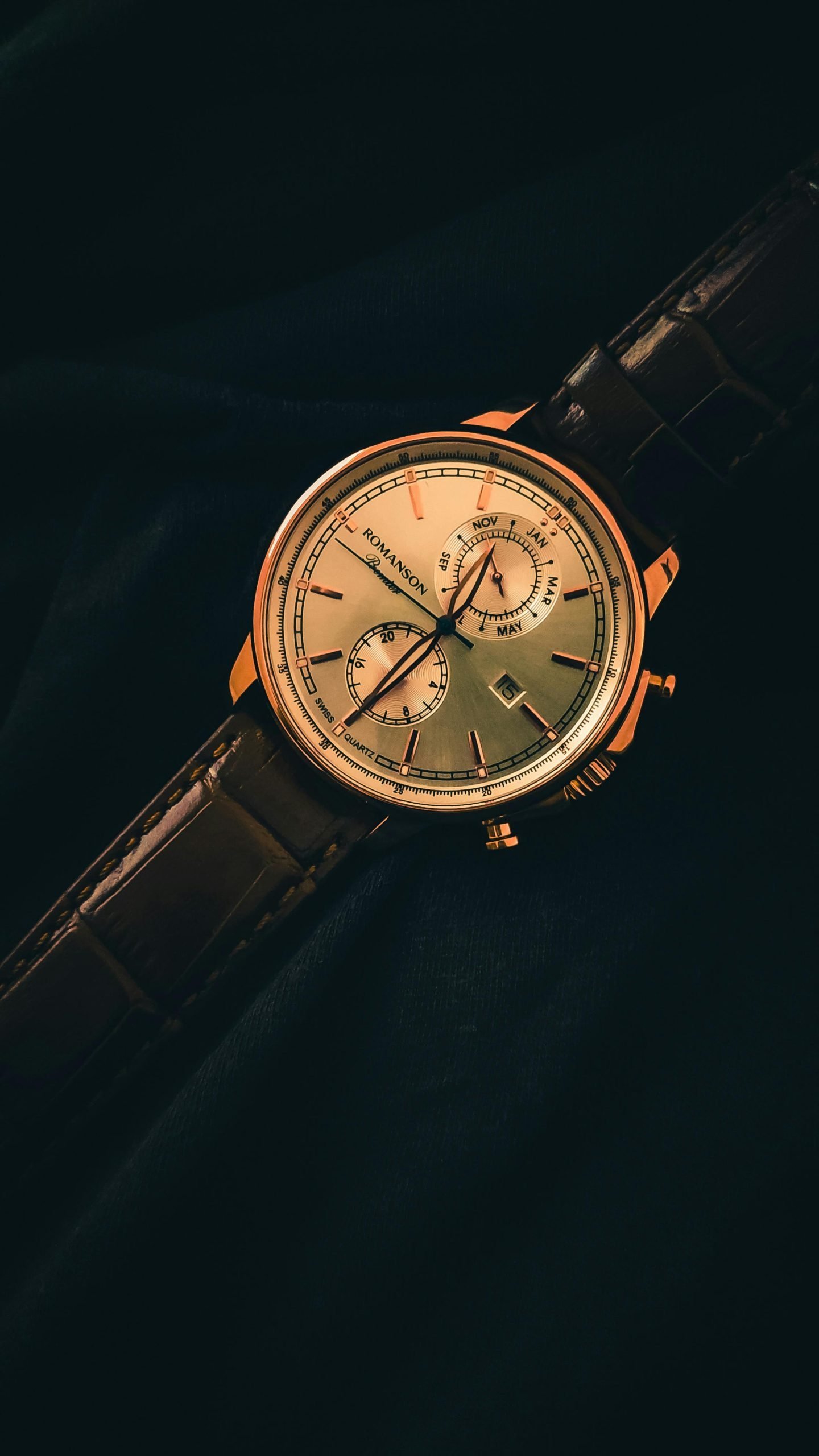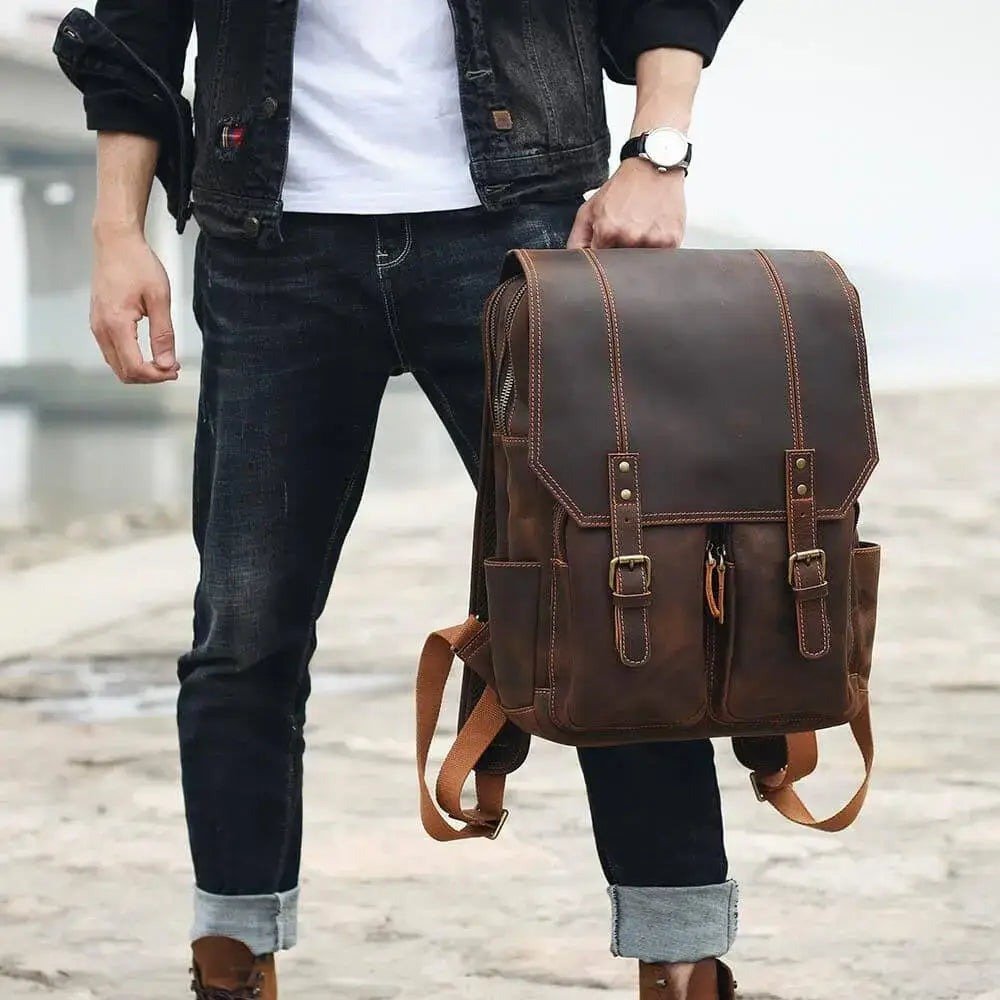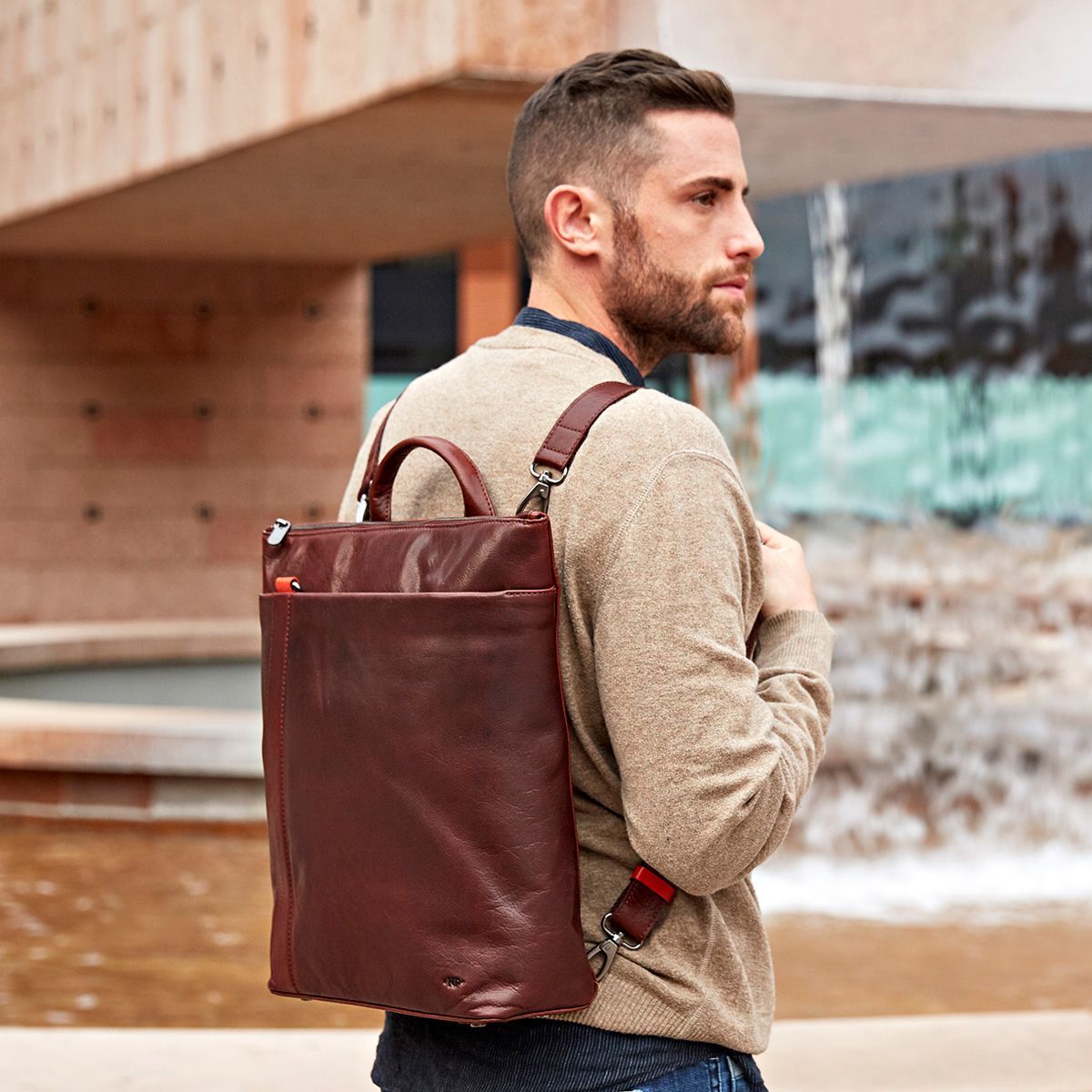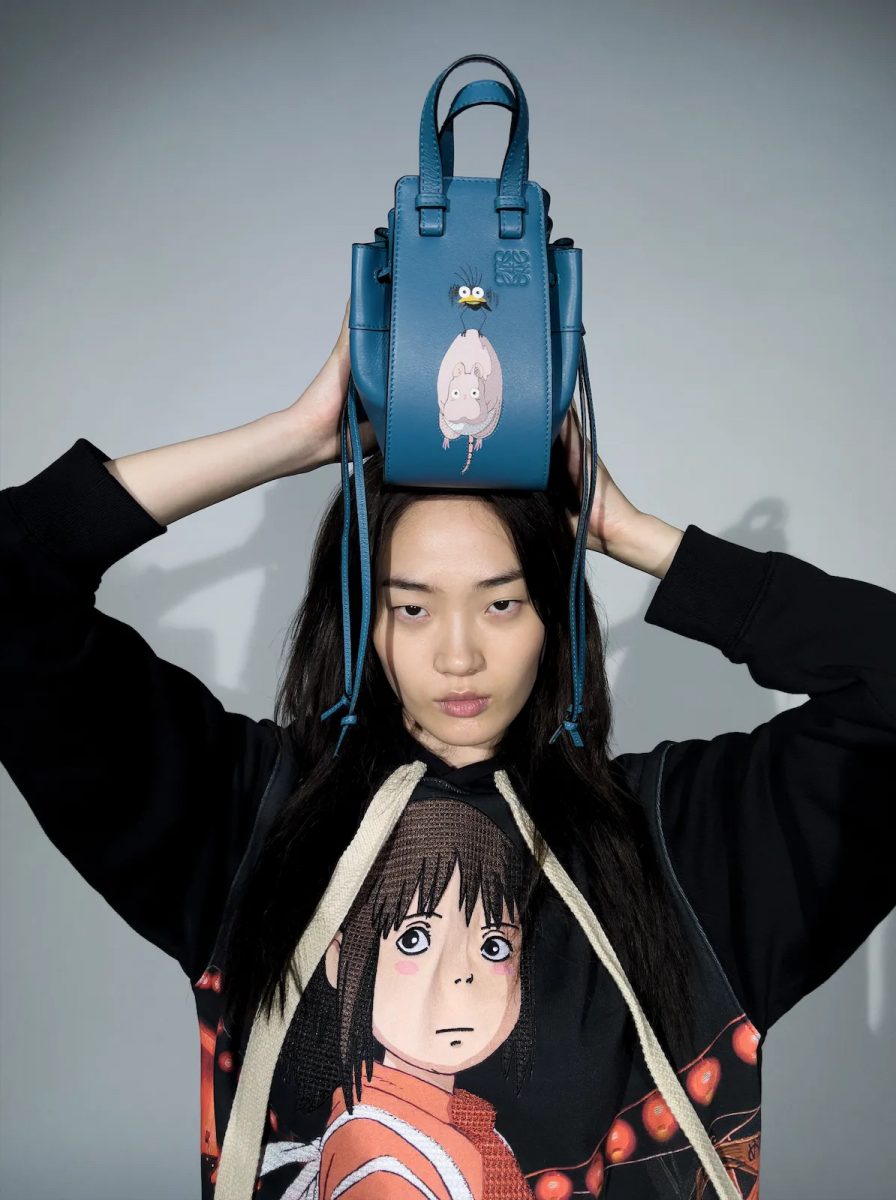
Anime and Luxury: How Nostalgic Marketing Captivates Asian Fashion
This publication is also available in: Français
Deutsch
Italiano
Español
When we talk about fashion, we cannot separate the Asian market from that of luxury. Indeed, representing a major share of global luxury spending, Chinese, Korean, and Japanese customers have demonstrated over the years their appetite for renowned houses and brands. This precious relationship endures, challenging brands to offer even more premium customer experiences. But also, to rethink their strategy to adapt to new generations, offering high quality while emphasizing emotion and authenticity. Thus, the design and communication around creators’ pieces fall into the realm of nostalgic marketing, enveloping luxury in softness and finding strength in anime to encourage spending. A breakdown of a winning and comforting formula.
Why are luxury brands targeting the Asian market?
It’s no longer a secret to anyone that Asian clients have a certain attraction to high-end fashion, and this is not about to stop. A study by Bain&Company projects that China’s share of global luxury spending will reach 50% by 2025. And 70% for the overall share of Asian buyers.
We naturally understand the interest of luxury brands in maintaining their presence in the Asian market. Especially following pandemics and border reopenings. But also, to give visibility to Asian creators in our environment, as seen with the spotlight on Robert Wun during the last Paris Couture Fashion Week.
The creator, a native of Hong Kong, who thus marked his debut in the capital, represents a new approach to luxury. A vision of ultra-luxury, where pieces are made to order, to offer private clients a new premium experience.
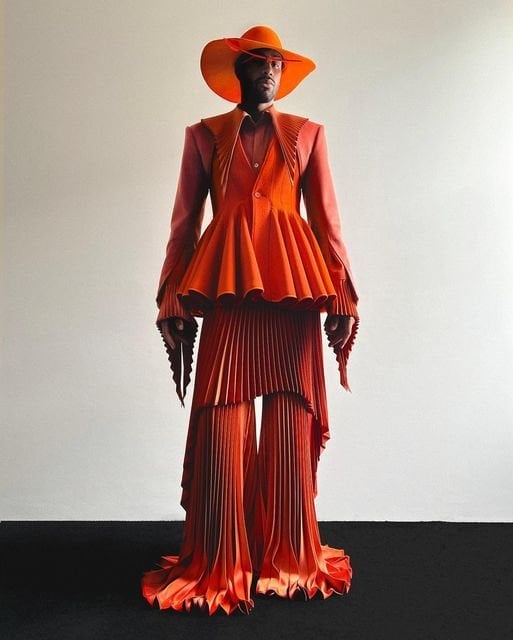
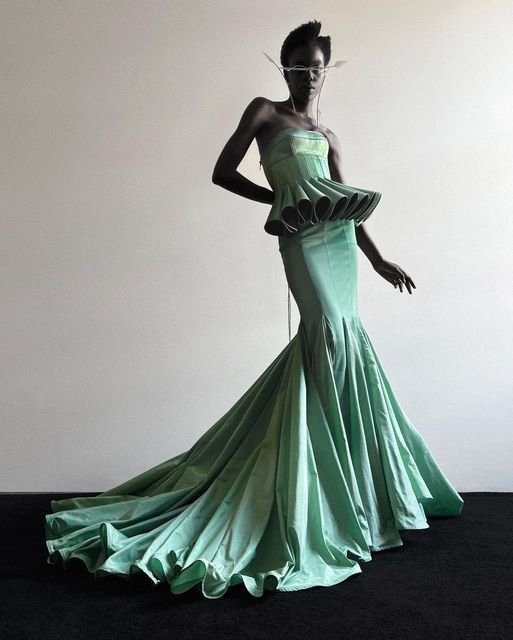
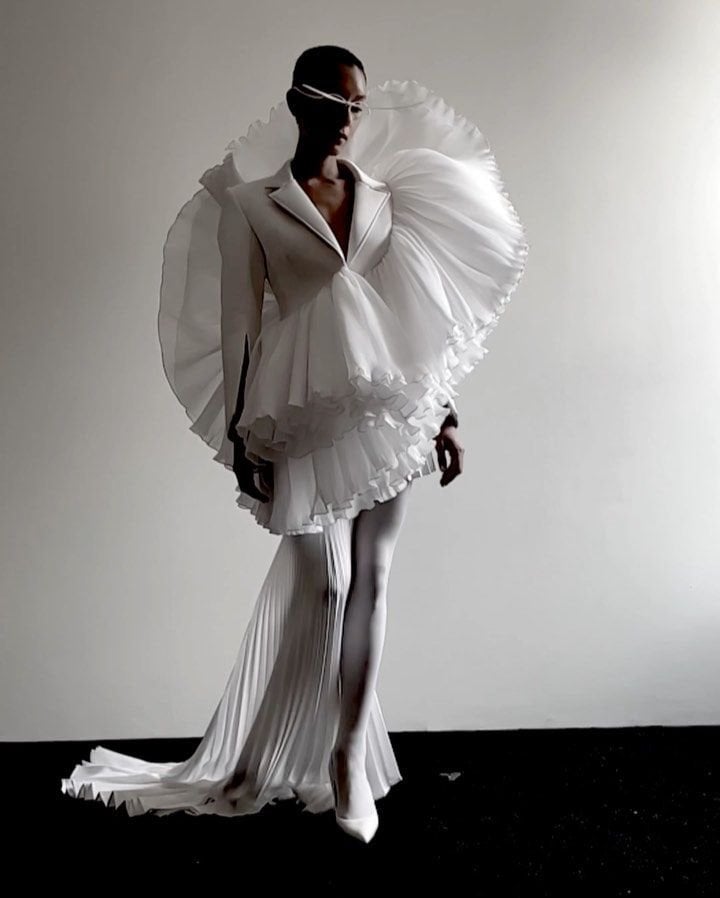
This desire to refine even more the offerings and customer experience is also illustrated by the deployment of the Tmall Luxury Pavilion app. Bringing together more than 200 high-end brands, including 80 luxury ones from the LVMH and Kering groups, the very selective platform has successfully combined luxury and digital to create a new era of the buyer experience, and to align with the importance that the Asian market places on digital. The 3D stores offer an immersion on par with physical stores, in addition to online showcases, allowing brands to present various ranges of pieces, giving customers plenty of choices, plus exclusive events.
With this new approach to luxury and digitized ultra-luxury, brands can target a variety of buyers across the territory. From the ultra-rich to buyers belonging to a lower class. Among the targeted profiles, those of young people are increasingly favored, mainly because they are more connected and thus more likely to be impacted by digital campaigns, visit online stores, and also participate in digital events.
Why is Generation Z the new target for developing the luxury market in Asia?
When we look at buyer profiles, we see that digital allows for acquiring more diverse customers, between wealthy profiles and lower classes, by offering easy access to products. It’s also a real strength to address Generation Z, which is very important in the current sales strategies of ultra-luxury brands. Indeed, in addition to being very present on digital platforms and thus easily reachable, the new generation has, as much as their elders, a real attraction to luxury. A study even highlighted that 37% of Chinese people said they were interested in luxury before the age of 18. However, they admit to being more discerning about the quality of the pieces, ensuring they match their cost.
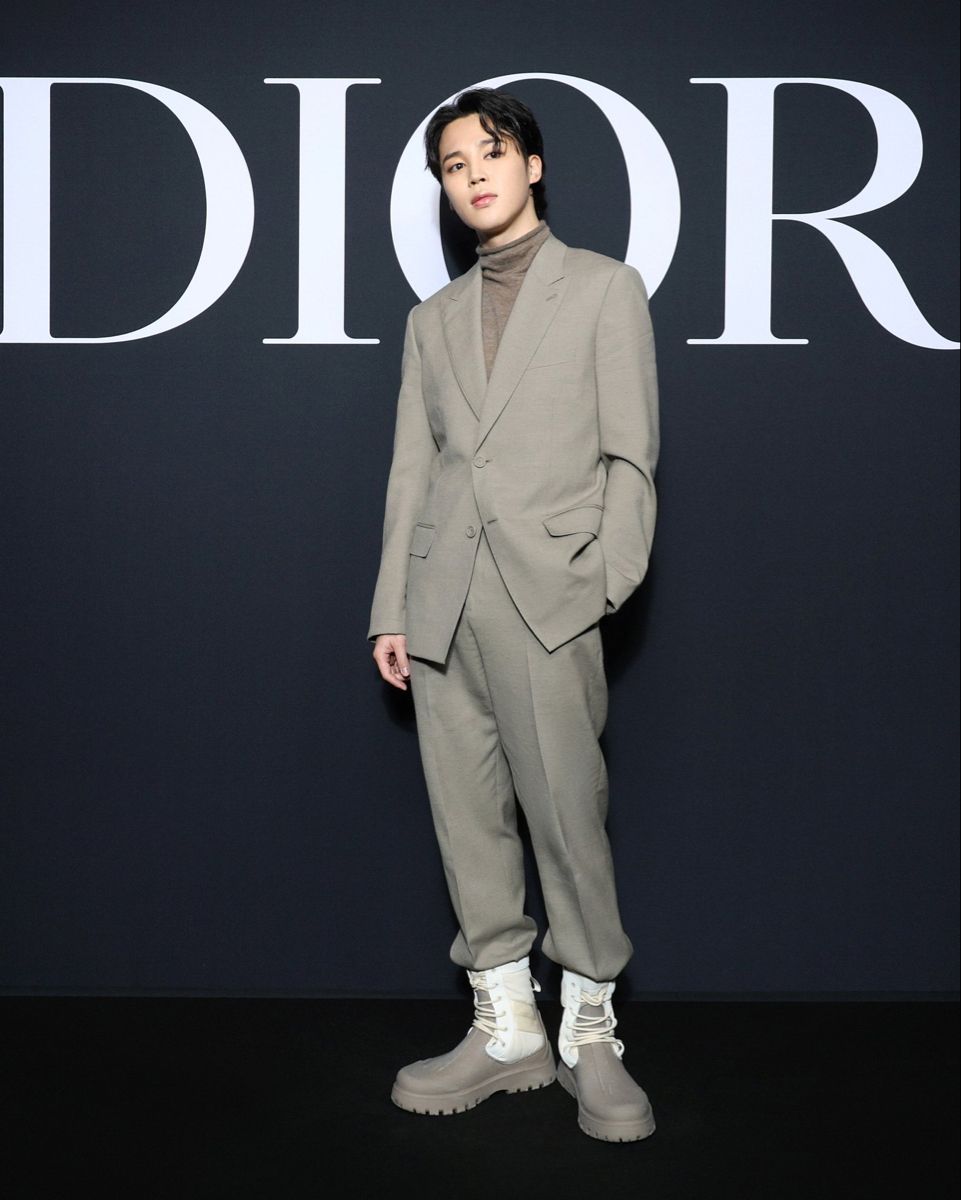
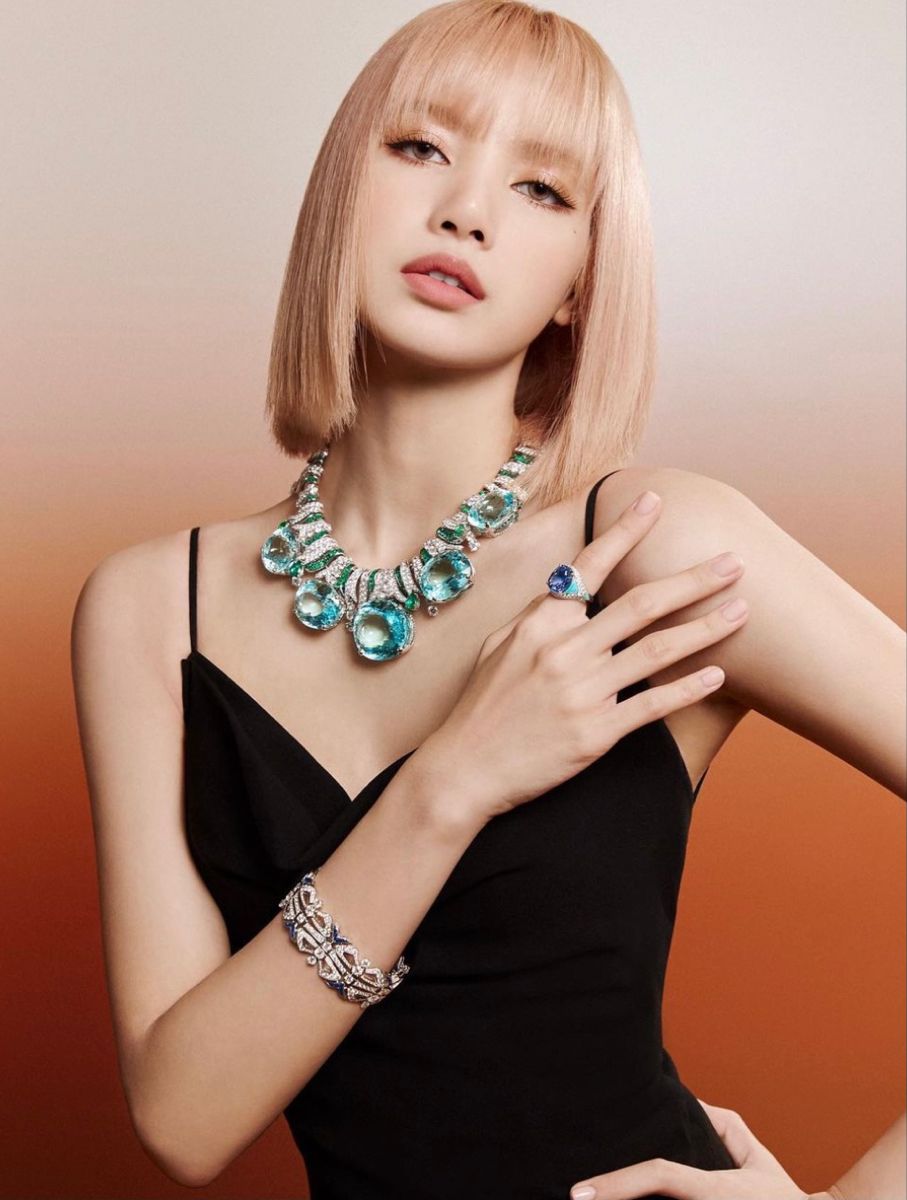
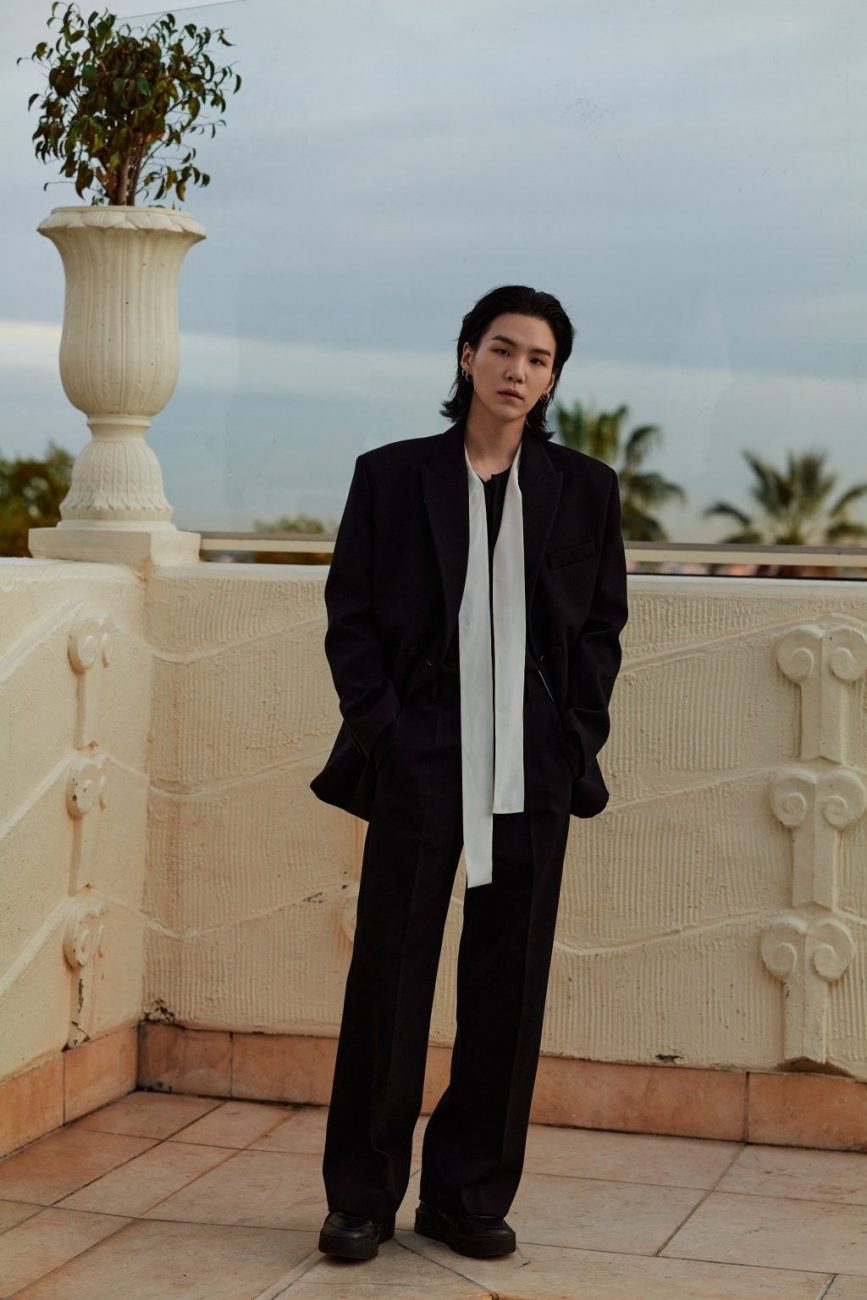
To retain this audience, we have seen brands refine their communication strategy, particularly by playing with trends. Thus, we have seen great houses like Dior, Valentino, and Bulgari surround themselves with pop culture figures, such as K-pop stars. By inviting them to fashion shows, designing their stage costumes, or even making them their brand ambassadors, the brands position themselves as trendy and modern, having a direct hook to these new buyers they aim to reach.
How anime has become the trump card in nostalgic marketing?
After low-end brands like Primark, it’s now the turn of luxury, and even ultra-luxury, to design collections around anime characters and other direct references to our childhood. And this is no accident. Indeed, beyond a creative vision, these pieces reflect a very precise and virtuous strategy: that of nostalgic marketing (or nostalgia marketing).
This strategy, which involves using references (visual, written…) from past pop culture elements on clothes, accessories, or decorative objects, affects a client on multiple levels. Seeing a nod to an element from our youth immediately makes us feel nostalgic (hence the name). This state triggers a great number of emotions, from feelings of happiness, softness, comfort, and optimism. It is a suspended moment where the customer travels back in time and makes a connection between their current development and where they came from, bringing back memories.
In a world that is not always rosy, this sensation is amplified, naturally creating engagement with the customer. Moreover, emotion incites action and the purchase of the piece.
Studies have highlighted the real impact such pieces have on a customer, and how much they influence the mood and psychological state of the person, affecting both themselves and others.
The Asian Generation Z, which loves to see its culture represented, is thus a very sensitive target for this marketing, and the record sales of brands for this type of product confirm it.
When pop culture and Asian fashion go hand in hand
This marriage between the representation of Asian culture and the comforting bubble created by nostalgic marketing has allowed brands playing on this trend to stand out in this competitive market. It is notably through anime that we have seen houses and creators, rooted in luxury, develop this new vision, through pieces and collections, receiving more than warm welcomes from buyers.
Beyond the sales objective, it is now the desire to create a bond with their clients on an emotional and authentic level that prevails. Because it is precisely this emotional factor that will lead them to purchase. Young people, being discerning about the product, are delighted to see their culture highlighted in well-designed and trendy aesthetics. They find real added value in the piece, which brings back many memories.
Product design now takes this emotional factor into account, and thus we have seen the explosion of pieces referencing anime. These belong to the Asian cultural heritage but are also known worldwide. Moreover, they touch many generations thanks to their reach. These pieces stand out by creating events in the fashion world.
Like Maje’s capsule collection, released in 2022 and featuring pieces highlighting the universe of Pretty Guardian Sailor Moon, one of the most beloved Japanese anime, in a kawaii style with pop colors. An anime that also charmed another more streetwear brand, Vans, the same year.
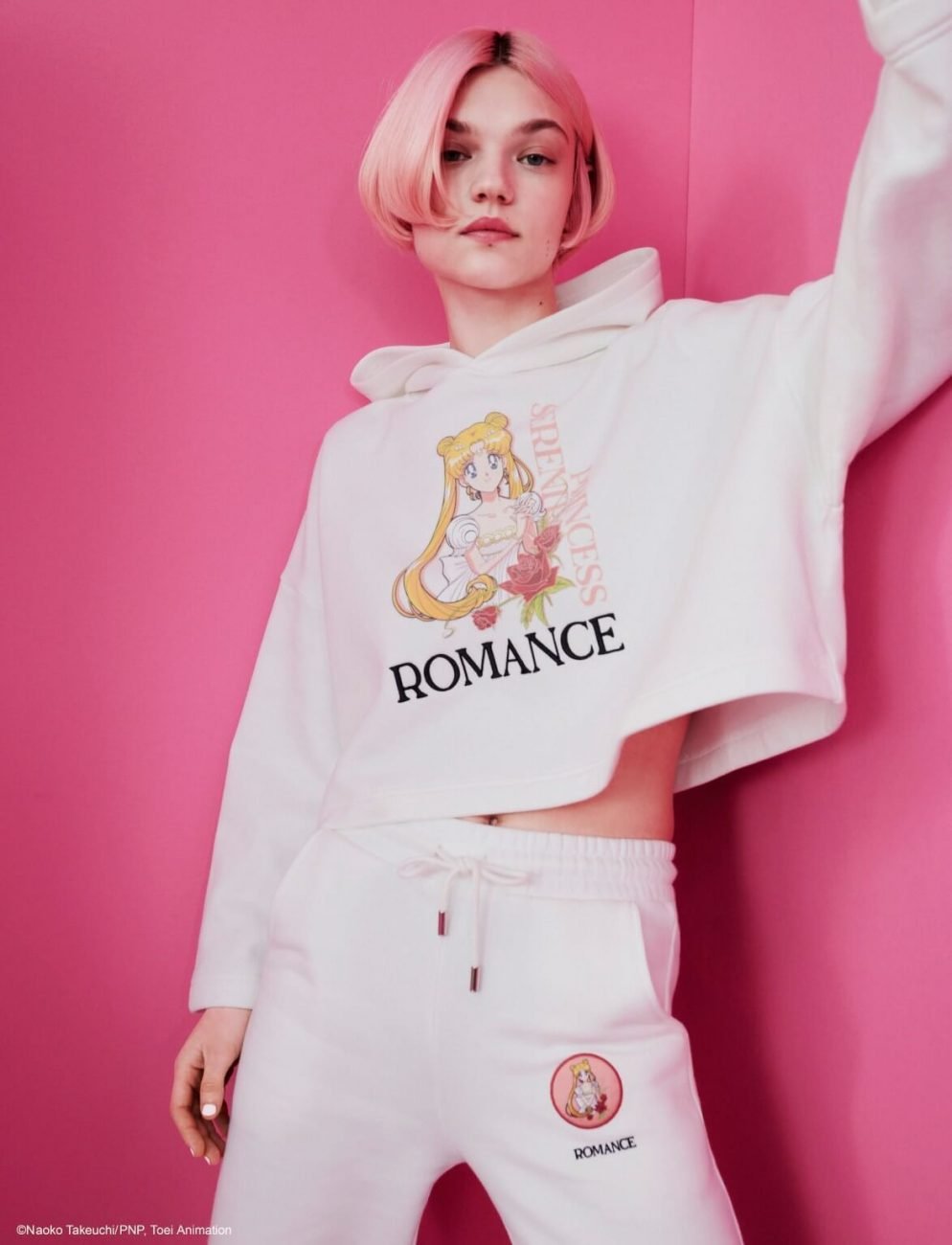
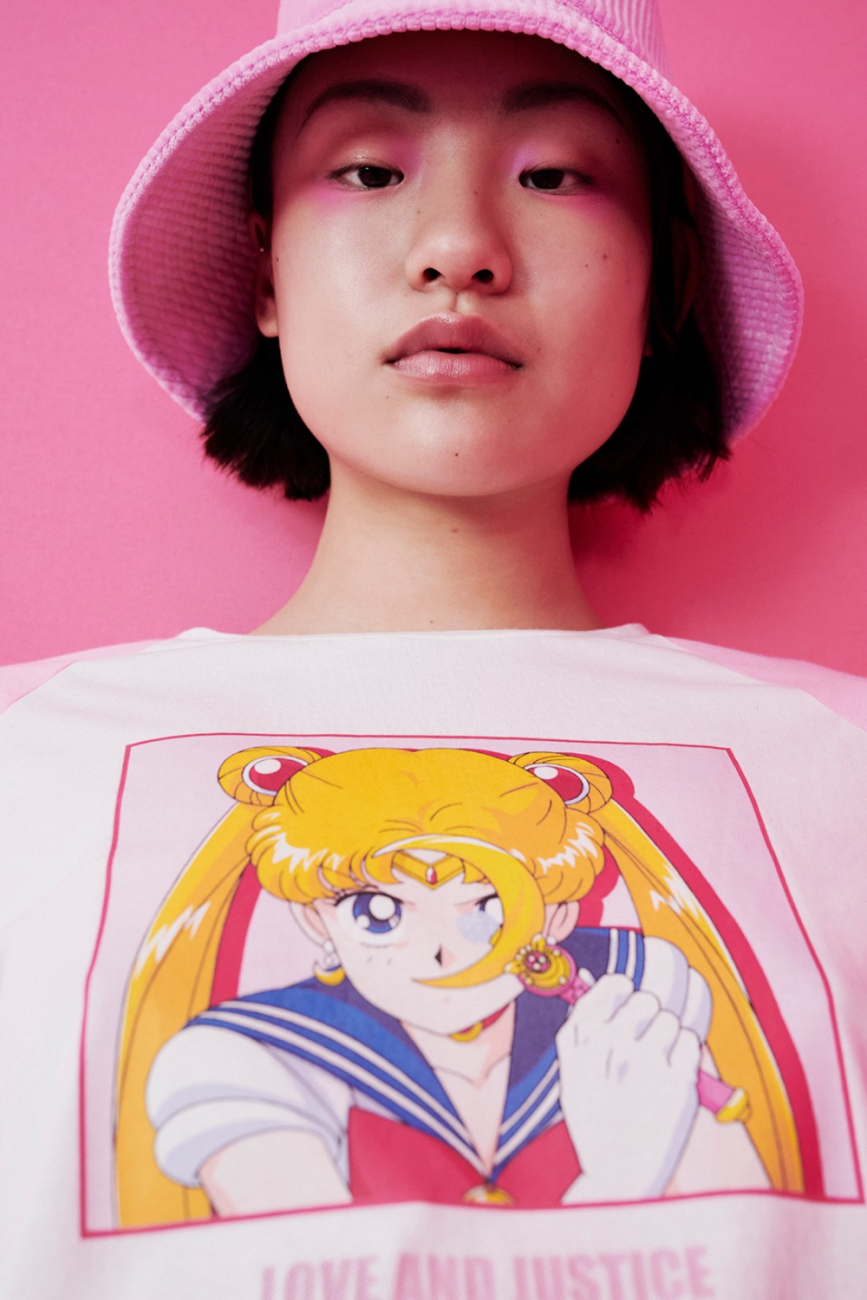
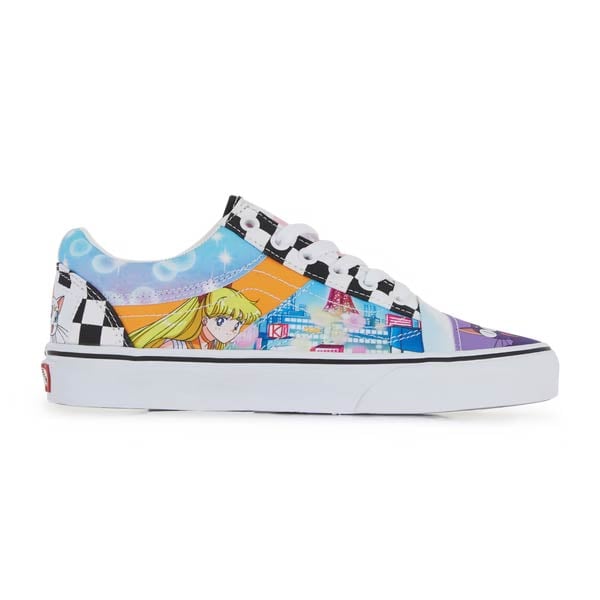
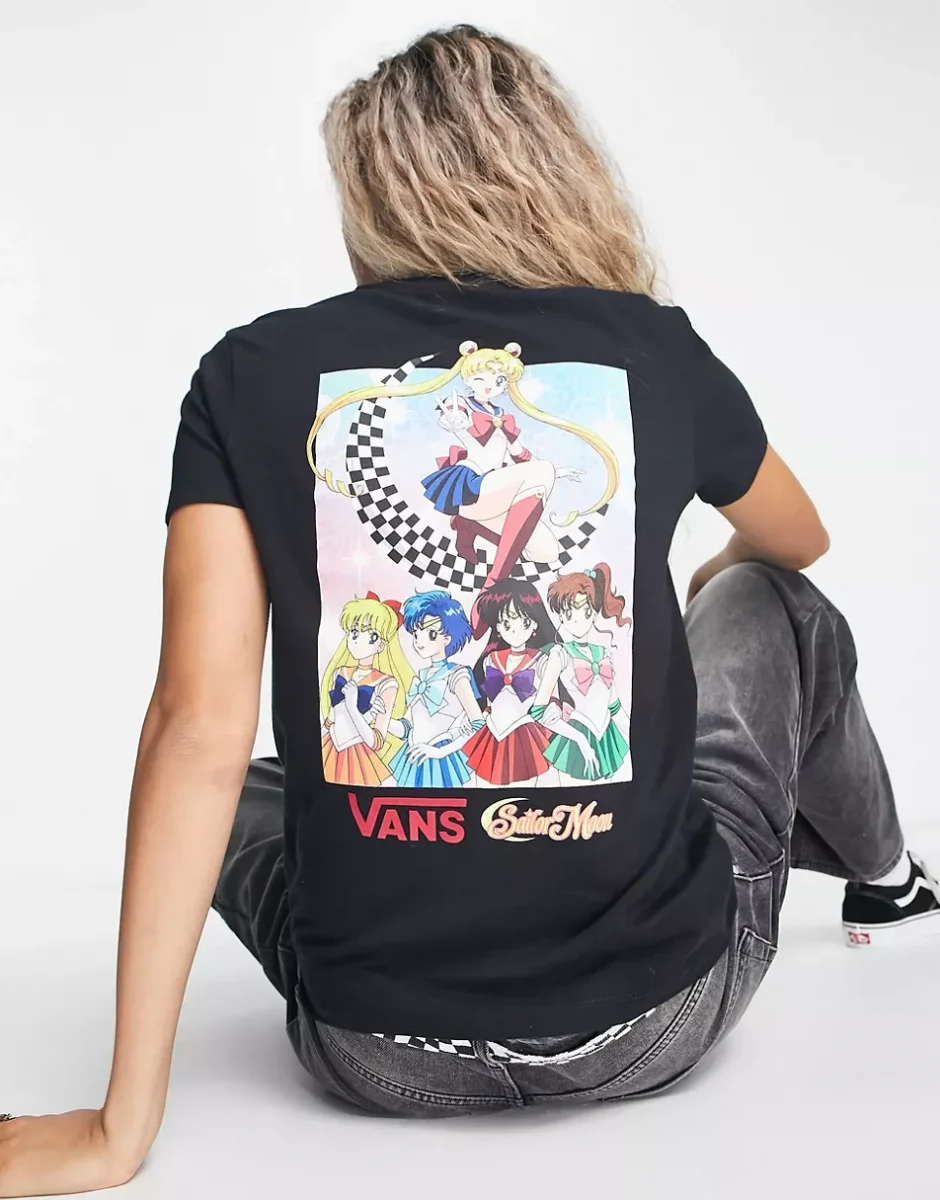
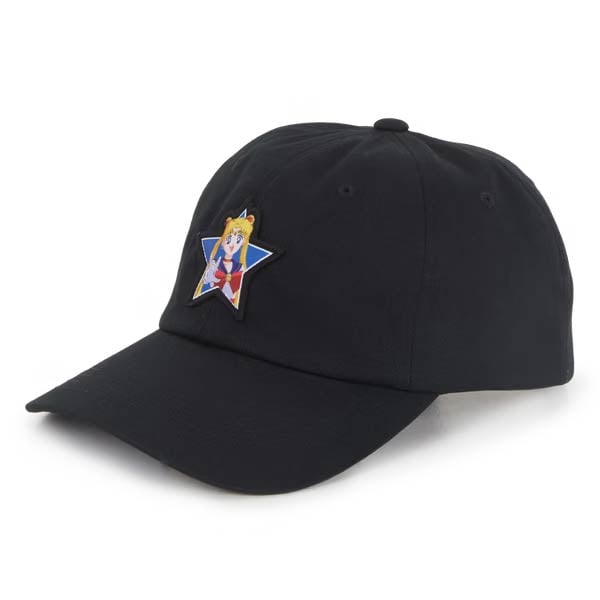
The trend has also been illustrated by other creators and houses like Loewe, Gucci, Givenchy, Balenciaga, Moncler, Mulberry… Each in turn has linked luxury fashion and anime, with the characters of Asian animated films as prints.
In early 2022, Loewe notably highlighted the works of Studio Ghibli, from Totoro to Spirited Away, in its Spirited Away collection, offering a range of ready-to-wear, accessories, and decorative pieces.
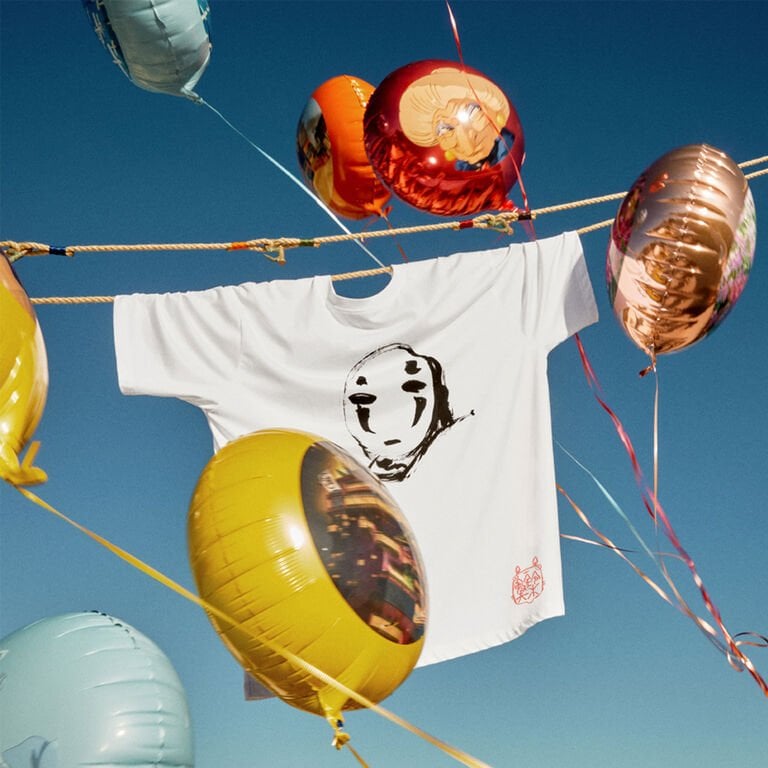
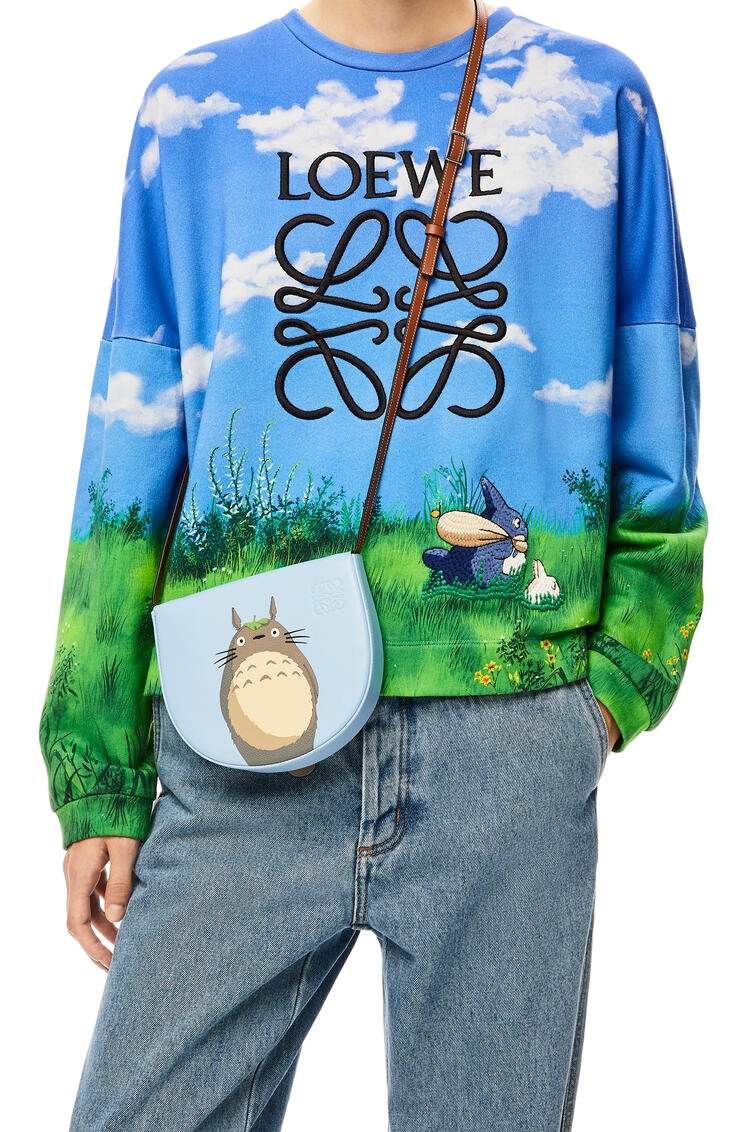
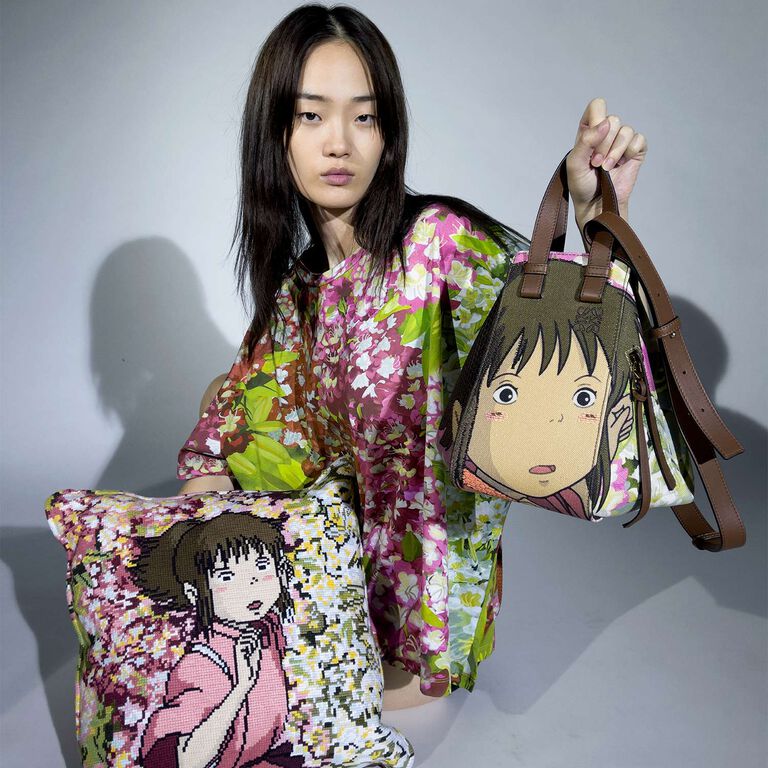
During this period of the Lunar New Year, which is shaping up to be the year of the rabbit, luxury brands are echoing it by highlighting

